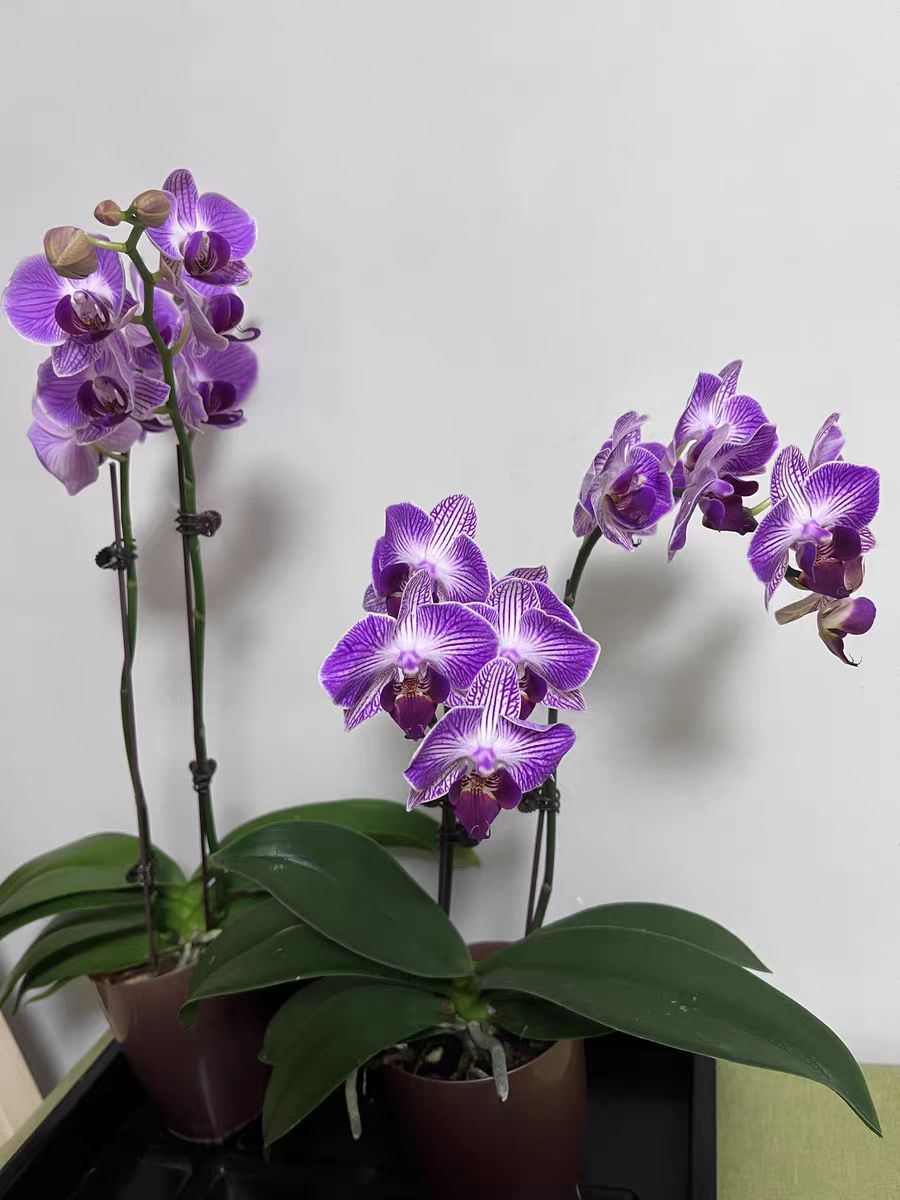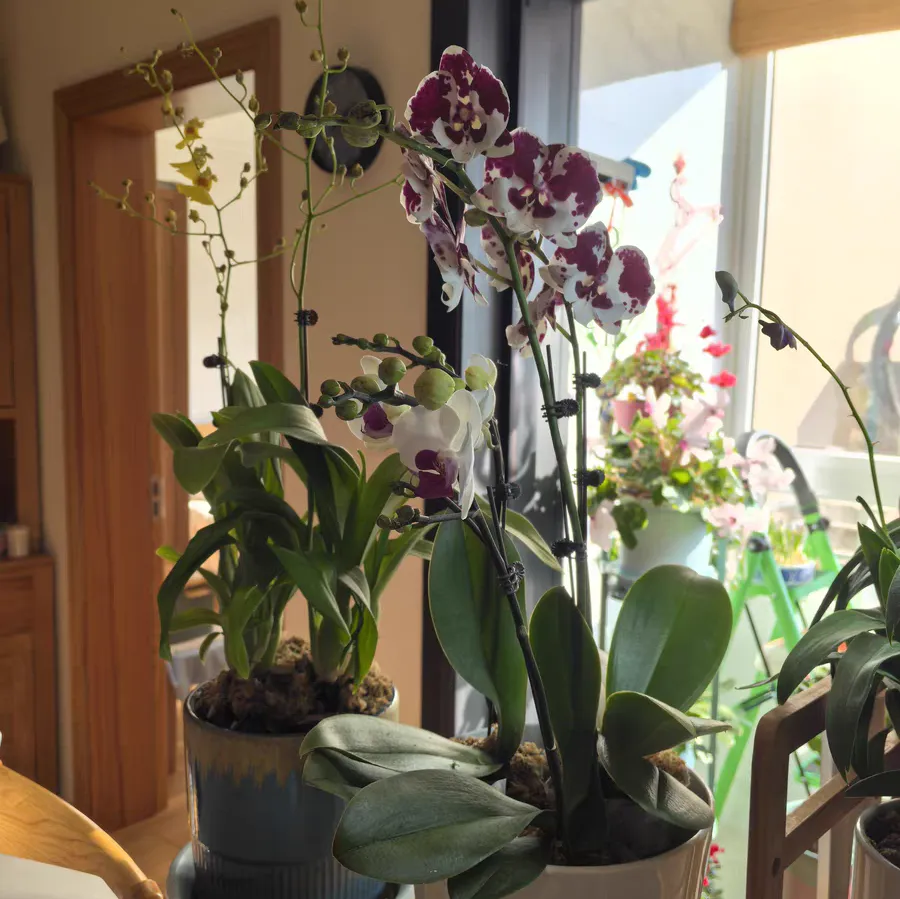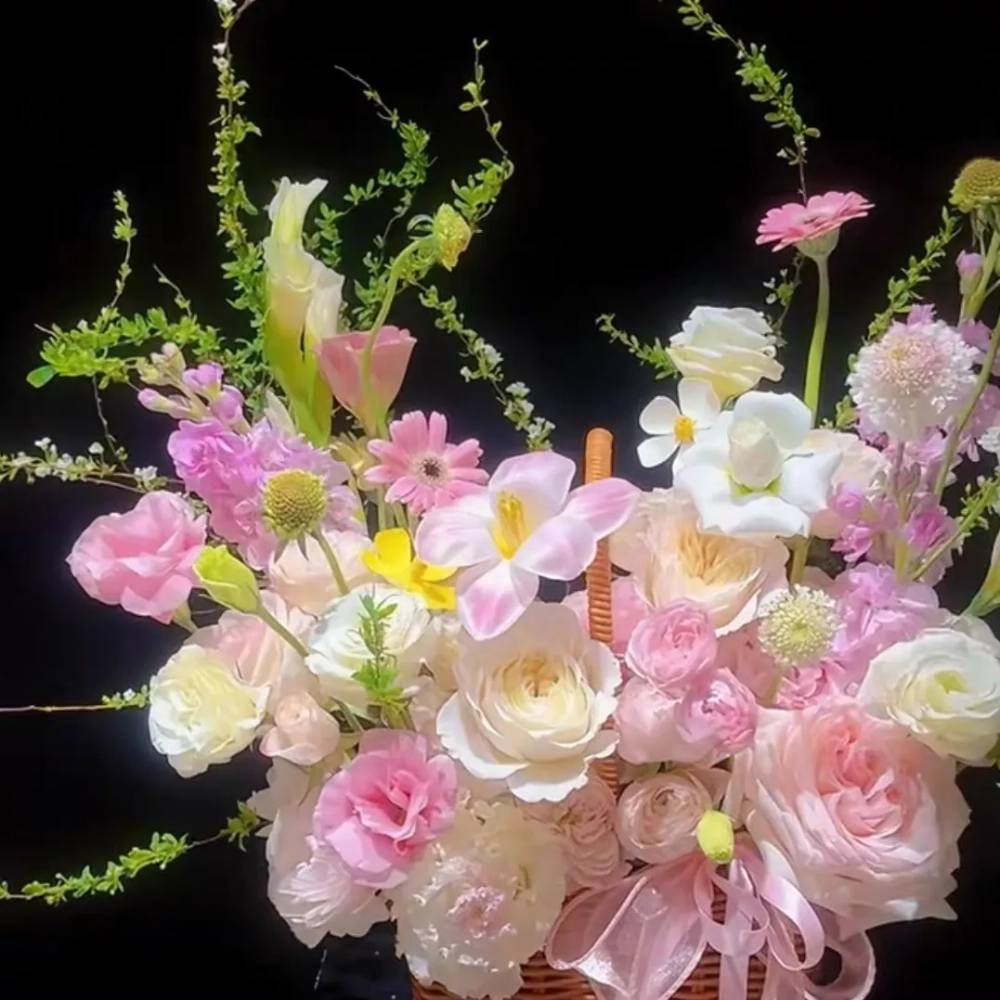For those who love flower cultivation, the phalaenopsis orchid is undoubtedly a plant with great ornamental value. However, during the process of maintaining phalaenopsis orchids, repotting is undoubtedly an important and meticulous step. So, how long after repotting a phalaenopsis orchid can it be fertilized? Can it be watered immediately after repotting?
After repotting a phalaenopsis orchid, its roots need some time to adapt to the new soil environment. Therefore, it is not advisable to fertilize it immediately in the initial stage after repotting. Generally speaking, it is not recommended to fertilize within one month after repotting. During this period, the roots of the phalaenopsis orchid are in the recovery stage, and excessive nutrients may instead impose a burden on them, and may even cause damage to the roots.
So, when is the appropriate time to start fertilizing? This mainly depends on the growth status of the phalaenopsis orchid and the seasonal changes. In spring and summer, when the phalaenopsis orchid is in the vigorous growth period, it can be fertilized moderately to promote its healthy growth. However, it should be noted that when fertilizing, the principle of "applying thin fertilizers frequently" should be followed to avoid applying too much fertilizer at one time. Specifically, special fertilizers for orchids or decomposed organic fertilizers can be selected, and fertilize once every 2 to 3 weeks. In late autumn and winter, as the temperature drops, the growth rate of the phalaenopsis orchid slows down. At this time, the frequency of fertilization should be reduced, or even stopped, to prevent excessive nutrients from affecting the formation of flower buds and blooming.
Regarding whether a phalaenopsis orchid can be watered after repotting, the answer is yes. But it should be noted that the method and timing of watering need to be mastered properly.
One week before repotting, the frequency of watering should be gradually reduced to allow the roots of the phalaenopsis orchid to gradually adapt to the dry environment. This helps to make it easier to remove the plant from the pot during repotting and reduces damage to the roots. After repotting, water thoroughly for the first time to ensure that the soil and roots are closely combined. But in the following few days, the amount of water should be controlled to avoid infection of the root wounds.
During the maintenance process after repotting, the principle of "watering when the soil is dry and keeping it slightly moist" should be followed. That is, water when the surface of the potting soil is slightly dry, and keep the soil in a slightly moist state. It should be noted that the phalaenopsis orchid is an air-rooted plant and likes a moist environment without waterlogging. Therefore, when watering, avoid excessive amounts to prevent root rot. In addition, the frequency of watering should also be adjusted according to seasonal changes. In spring and summer, due to the high temperature and large evaporation volume, the frequency of watering can be appropriately increased; while in autumn and winter, the frequency of watering should be reduced to keep the soil slightly moist.
In addition to fertilization and watering, the maintenance of phalaenopsis orchids after repotting also includes aspects such as ventilation, light, and temperature management.
Good ventilation is an important guarantee for the healthy growth of phalaenopsis orchids. After repotting, the phalaenopsis orchid should be placed in a well-ventilated place for maintenance to avoid the breeding of diseases in a stuffy and humid environment. At the same time, phalaenopsis orchids do not like direct sunlight and should be placed in a semi-shaded place or a bright living room for maintenance. During the high-temperature period in summer, attention should also be paid to shading and cooling to avoid the leaves being burned by direct sunlight.
In addition, the suitable growth temperature for phalaenopsis orchids is between 20°C and 28°C. During the cold period in winter, heat preservation measures should be taken to prevent the plants from being affected by frost damage.
The management of fertilization and watering of phalaenopsis orchids after repotting needs to be mastered properly. Through reasonable fertilization and watering, as well as good ventilation, light, and temperature management, it can help the phalaenopsis orchid smoothly pass the recovery period after repotting and grow healthily and vigorously.
How long after repotting a phalaenopsis orchid can it be fertilized?

Share with
Tagged in :




Leave a Reply